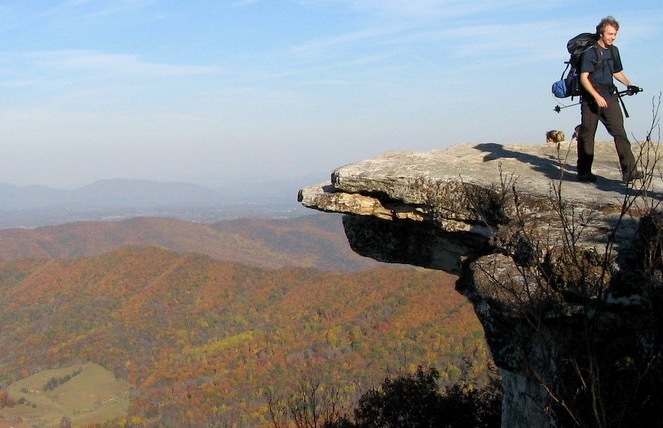We can thank Cheryl Strayed—or perhaps her cinematic alter-ego Reese Witherspoon, who portrayed the author in the movie version of her memoir Wild—for the increasing popularity of backwoods backpacking. Permit requests jumped 300% for the right to hike the route featured in the tale (the Pacific Crest Trail) after the film came out. And, anecdotally, more people than ever are attempting this combo-sport/vacation.
Which likely means that more people’s toenails are falling off.
That was a pivotal moment in both the flick and book, a result of novice-backpacker Strayed having chosen the wrong fit of hiking boots. It illustrated, pretty gruesomely, how important planning and preparation is for what can be an incredibly challenging activity.
For expert advice on that planning, you’d do well to turn to an about-to-be-published book Backpacking 101 (Simon & Schuster). Written by Heather Balogh Rochfort, the gear editor for Backpacker Magazine and the author of JustAColoradoGal.com, the book is a surprisingly readable, deep dive into all of the nitty-gritty that goes into prepping for a trip.
Like picking the right pack, a crucial and complex first step. Surprisingly, tall people don’t necessarily need the biggest packs, nor should shorter folks necessarily go for small ones. Balogh Rochfort includes an intricate discussion of how packs should fit, and which part of the body to which they must conform (the torso). So a towering man who is all legs might actually need a medium, rather than a large; the author gives specific directions on how to measure your body to tell. In addition, women, who tend to have narrower shoulders and wider hips than men, might go for different types of packs altogether.
Balogh Rochfort also gives solid advice on picking the right trail; why you might choose “real food” over the dehydrated meal packets that are sold at outfitting organizations; and the right way to choose clothes, down to your underwear.
There’s also potentially life-saving advice, including why relying on a GPS-device or smartphone for directions is a foolish strategy. Instead, Balogh Rochfort gives easy-to-follow instructions on how to use a compass and a topographical map, as well as tips on where best to buy these sorts of maps. She also discusses how to handle snake bites, bear and mountain lion encounters, getting lost, and medical emergencies.
She does all of this in a light, fun-to-read 256-page book. So even though one of the key bits of advice in the guide is to keep your backpack light, this book may be a bit of extra weight you’d be wise to carry along.
Destinations
Trip Ideas
Tips & News






